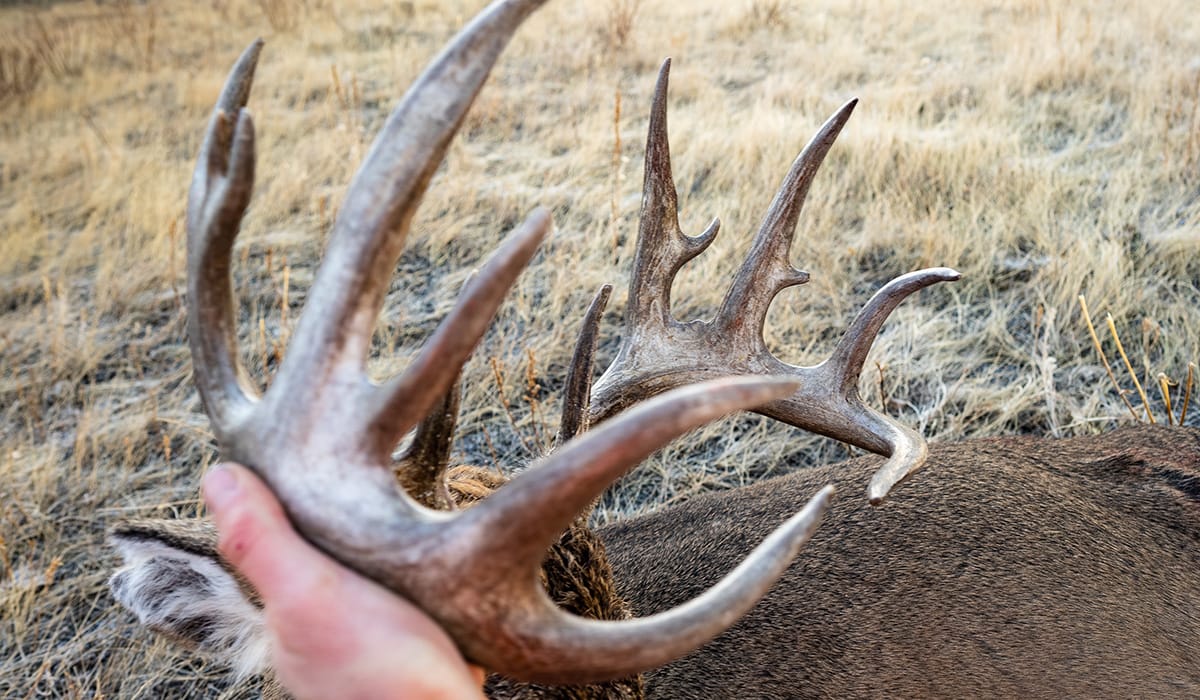Fire is part of the natural world and operates as an integral part of the ecosystems in which whitetail deer thrive. Controlled burns are cost-effective ways land managers can use one of nature’s most important resources to improve whitetail habitat almost immediately. This month we talk to National Deer Association’s (NDA) Kip Adams to unlock the power behind controlled burns.
Why Burn Your Land?
“Fire is the least expensive way to dramatically enhance habitat in a variety of cover types for wildlife, especially for deer,” says Adams. “You can cover a lot of ground in a short amount of time with very little expense with prescribed fire and get huge gains in quality of deer habitat.”
Those huge gains come quickly too. Land managers who are burning land now, or have already burned, will see a near-immediate positive impact. “In general, whenever you burn something, like an old field to remove old vegetation, you’re going to see enhancement as early as the second rainfall,” says Adams. “As soon as you get two rains on it, something green is going to be there.”
Providing this immediate food source for deer is a win, but controlled burns do even more by controlling competing vegetation, killing off unwanted hardwood saplings, getting rid of leaf litter, and returning vital nutrients to the soil.

What Controlled Burns Do for Whitetail Habitat
“One of the nice things about fire is we can use it in a bunch of environments to enhance deer habitat,” says Adams. “I often break deer habitat down into three components: forested environment, old fields or early succession environment, and then food plots. We can use fire in all three of those to make deer habitat even better.”
The NDA recently reported on a series of studies conducted by researchers at the Mississippi State University Deer Lab, and it highlights some of the best months to conduct a burn, from as early as March to as late as June. The article also shows a whitetail’s proclivity to follow quality food sources post-burn over a range of food types. Lastly, the article nicely outlines a timetable for how soon deer will move into an area after a burn, and for those burning in March, they’ll start seeing whitetails feeding in earnest by late April and early May.
Controlled burns aid in the production or introduction of more nutritious food sources, and that’s simply because young plant tissues are more nutrient-dense and digestible for deer than older growth.
Is there any reason not to burn? According to Adams: “When applied properly, it’s always going to be good for you. The times I would caution somebody is when the environmental conditions are not right for the burn. For example, you always want to be monitoring the humidity, the wind speed, and the fuel moisture. If the fuel moisture is too low and the wind speed is too high you can get a fire that’s way more intense than you want and accidentally kill some trees or have a fire get outside your burn unit.”
What Tools Do You Need for a Controlled Burn?
We have another article dedicated to prescribed burns with instructions for how to conduct a controlled burn. It covers the “60/40 Rule,” which tells you the temperature and safe humidity needed for a burn, and it shows you some of the onX Hunt tools you can use for a better prescribed burn experience. Tools like our Area Shape and Free Draw tool are the most used by land managers for controlled burns.